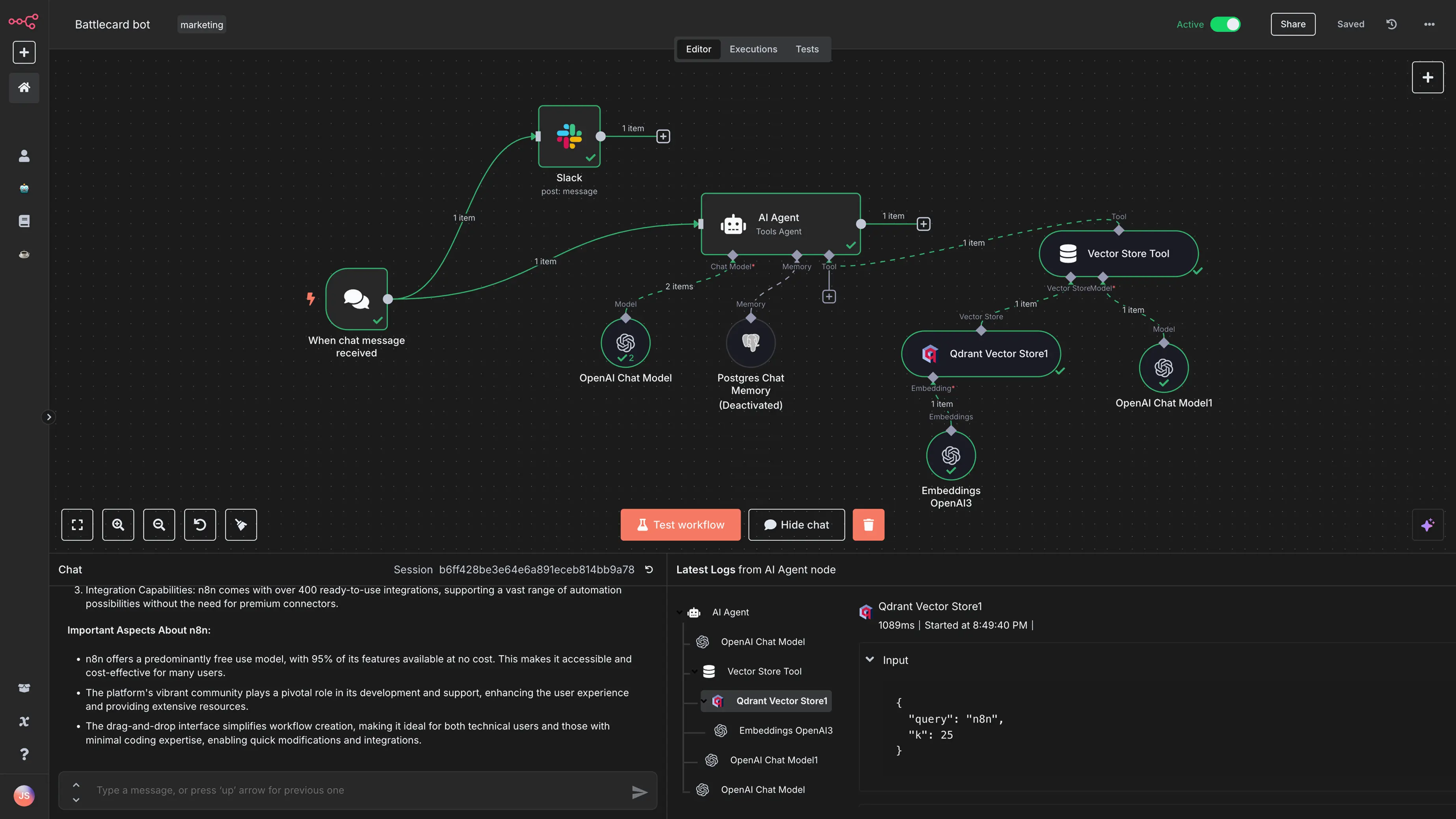Exploring n8n: A No-Code Workflow Automation Tool
Published on Sunday, May 18, 2025
1 min read
Exploring n8n: A No-Code Workflow Automation Tool
Introduction
This week, I delved into n8n, a powerful no-code tool designed for workflow automation. Its intuitive interface and extensive integrations make it an excellent choice for prototyping as well as scaling to production-ready systems with customization.
Getting Started with n8n
n8n (short for “node-node”) is an open-source workflow automation tool that allows users to connect various applications and services without writing extensive code. Its node-based approach enables the creation of complex workflows through a drag-and-drop visual interface.
Data Flow in n8n
In n8n, data is passed between nodes as an array of objects in JSON format. Each node processes this data and passes it along to the next step in the workflow.
Accessing Data from Previous Nodes
-
Immediate Previous Node: To access data from the immediately preceding node, use:
{ { $json["propertyName"]; } } -
Specific Earlier Node: To reference data from a specific earlier node by name, use:
{ { $("NodeName").item.json["propertyName"]; } }
This flexibility allows dynamic access and manipulation of data across the entire workflow.

Understanding Nodes in n8n
A node in n8n represents a task or integration. Nodes can perform actions like sending an email, transforming data, querying a database, or making an API call.
Integrations and Capabilities
n8n comes with a wide range of prebuilt integrations:
- Email Services: Gmail, Outlook
- Spreadsheets: Google Sheets
- Messaging Platforms: Slack, Microsoft Teams
- AI Services: OpenAI, Gemini
These integrations make it simple to build workflows that interact with real-world services.
Logical Operations: Conditional Flows
n8n provides powerful control flow tools that allow you to manage your automation logic with precision:
- IF Node: Apply conditional branching based on data values.
- Filter Node: Pass only specific data items that meet certain criteria.
- Merge Node: Combine data from two or more streams into one.
- SplitInBatches and SplitInBranches: Process items in groups or independently in parallel branches.
These nodes allow for complex workflows with conditional logic, filtering, and concurrent execution paths.
Leveraging AI with Agentic Nodes
n8n’s AI Agent nodes bring intelligent automation into workflows. Notable features include:
- Chat Node: Add conversational capability.
- Memory Node: Maintain context between steps or invocations without needing external memory like Redis.
- Tools Agent: Execute specific tools or actions as directed by an AI model.
You can also define your own tools or use prebuilt ones provided by different service providers.
What’s Next
I plan to build a hands-on workflow in n8n to showcase my learnings. This project will demonstrate n8n’s capabilities in data handling, API integration, AI agents, and control flow management.